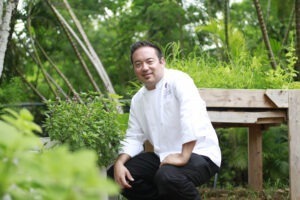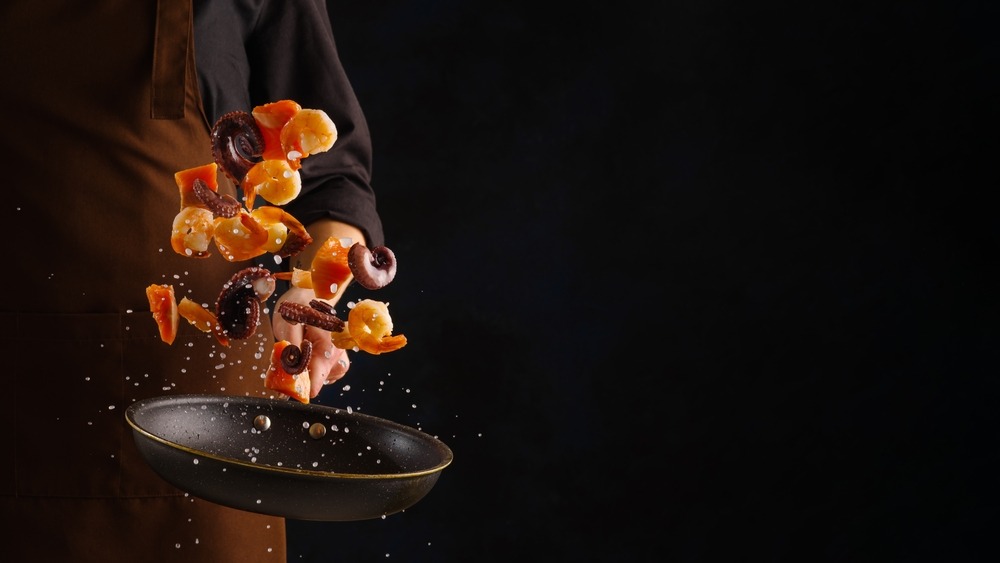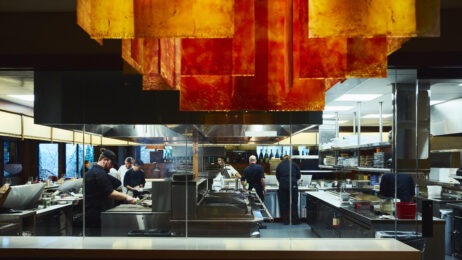Tips to create a memorable F&B experience
In the meeting and event industry, a thoughtful and robust food and beverage program can be the cornerstone of delighting guests, and is necessary to ensure the experience is both memorable and complete. Meeting planners have the opportunity to truly showcase their destination through the food experiences they curate for attendees, from “farm-to-table” presentations to culinary-inspired teambuilding activities.
While curating a delicious dining experience can seem like a simple task given the right team in place, it’s important to take into consideration the current trends and important topics that are impacting the industry. From the importance of sustainability and locally sourced products, to the return of the buffet and how to lessen food waste through action stations, I’ve copied my top tips below on hosting an impressive food-driven event.
Sustainability Is a Mainstay
Sustainability is a trend that has infiltrated the food and beverage industry in various ways, ranging from locally sourcing provisions with an emphasis on more vegan-friendly options to more robust recycling programs and even outfitting restaurants with reclaimed materials including repurposed wood.
Read More: Reduce and Reuse: Meeting Spaces Go Green
I recommend planners have an open dialogue with their venue to learn where their food is being sourced. For example, at Hyatt Regency Chesapeake Bay we have access to some of the best seafood in the country right outside our resort. We also prioritize additional seafood, meat and produce from a 250-mile radius locally and within a 500-mile radius regionally. For events, I like to add menu labels and table cards that show exactly where each item is from so guests have easy access to the information.
Additionally, I’ve seen a major uptick in requests for meat substitutes, including Impossible Burgers and plant-based alternatives. Climatarian menus have also become increasingly popular this year for obvious reasons, as the concept prioritizes the consumption of local fruits and vegetables, eliminating produce that has traveled long distances or is not in season.
Customizable Buffet Dining Is Back
It’s no secret that consumers are eager to revisit the habits and routines that were an ordinary way of life prior to the pandemic. Buffets have come back in a big way and we’re seeing that groups really enjoy having access to choose what they put on their plate.
The trend of action stations or “build your own” options also continue to be a hit as it allows guests to personalize their meal. The option to “create your own” lends itself to a social experience, as guests are often seen interacting and discussing their selections with those around them. This option also helps eliminate waste, as guests can thoughtfully select what they want to eat and how much of it they prefer.
Sharing Local Culture Through Food
Given today’s focus on sustainability and locally sourced ingredients, consumers are asking more questions about where the food is coming from. I love seeing this dialogue as it gives our colleagues a unique conversation-starter and they are able to share a taste of the local culture with guests, ultimately providing an education, while also fostering a connection.
: How a Storied F&B Kitchen Went Halal to Accommodate Allies
I encourage my team to spend quality time engaging with our guests to talk about where our food is sourced. For example, I love to show our guests how local seafood such as the local Rockfish pulled directly from the water, and how it was then fileted, and carefully encrusted in salt and egg whites, a local style of cooking that makes the fish super tender and delicious. We also have interactive local food showcases that groups can take part in including Maryland Blue Crab picking dining experience.
An International Take on Cuisine
While many groups like to showcase the local flavor of the destination, I always recommend mixing it up with a diverse menu featuring influences from around the world. Many popular cuisines right now are those with a penchant for flavors that hail from Hawaii, Thailand and the Caribbean – think barbecued meats with spicy peri peri rub, a blend of chili pepper, paprika, garlic, lemon, and onion; Korean galbi or ribs, and use of Mediterranean spices on foods such as shawarma.
Indian cuisine has also been a popular request this year. For example, we have had planners opt for an Indian Gravy Station, which featured the four main sauces that are native to Indian cuisine; onion tomato masala, Makhni, white gravy and hariyali gravy. Historically, we have had multiple stations throughout an event that feature cuisine and celebrate cultures from all over the world. To be able to showcase international fare that’s been carefully prepared by a team of chefs from across the globe, has been a home run.
—

Chef Aki Robertson has been with Hyatt Hotels for a decade, where he’s held various leadership roles in food and beverage. Currently, Robertson is the executive chef at Hyatt Regency Chesapeake Bay in Cambridge, Maryland, where he oversees the resort’s culinary experience and in-house restaurants.
Previously, Robertson held a similar position at Hyatt Regency Waikiki Resort and Spa in Honolulu. In his spare time, he enjoys spending time with his wife, three children and golden retriever; spending time outdoors whether it’s his garden, playing in the mountains or down by the water.




